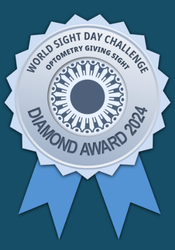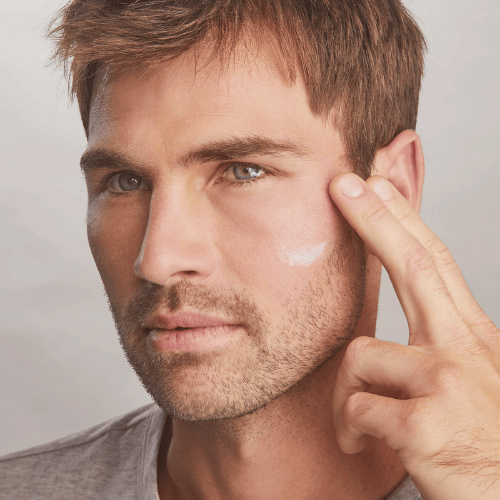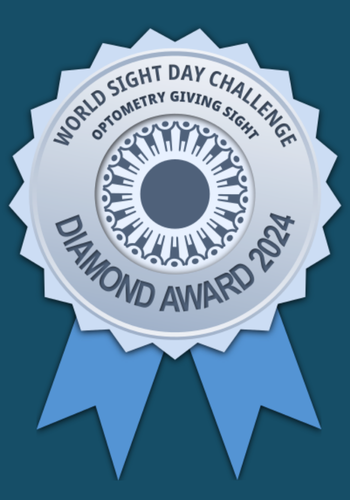What is Computer Vision Syndrome?
BlackBerrys, iPods, PCs, TVs and cell phones — the rapid increase in communications technology has led to major improvements in the efficiency of information transfer. However, this evolution has also led to a significant increase in the amount of time we spend in front of digital screens over the past five years. What’s more, the average users of these technological conveniences are not just teenagers or young adults. In fact, the Canadian baby boomer population is spending at least seven hours a day in front of potentially eye-straining devices.
New data from Leger Marketing shows that compared to five years ago, women baby boomers aged 45–54 are reporting higher usage of eye-straining devices versus male boomers, and as a result are suffering more eye and vision ailments than other age groups. Computers have exploded in popularity as more and more women use them to keep track of their busy lives and those of their families.
Many of these folks experience symptoms such as eyestrain, headache, fatigue, dryness, itchiness and light sensitivity. When related to the viewing of digital screens, these eye problems are referred to as Computer Vision Syndrome (CVS).
Try these helpful tips to minimize the effects of Computer Vision Syndrome:
- Follow the “20-20-20” rule: Every 20 minutes of screen time, take a 20 second break to blink and focus your eyes on something 20 feet away.
- Position your computer screen so that the very top edge of your monitor is at your eye level. This means you will be looking slightly downward at your screen most of the time, which relaxes your lid muscles and decreases the dry eye that results from tear film evaporation.
- See your optometrist for an eye exam, to maintain eye and vision health. If you are over 40 years of age, your eyes are probably changing. You may have special requirements, such as a special pair of “computer glasses,” custom designed for computer use.
See your optometrist for further information on CVS. Understanding the causes of CVS is a step towards improved visual efficiency and less eyestrain.












